Vulture Species Around The World: A Rarity After A Threat To Their Existence
Tags: opinion
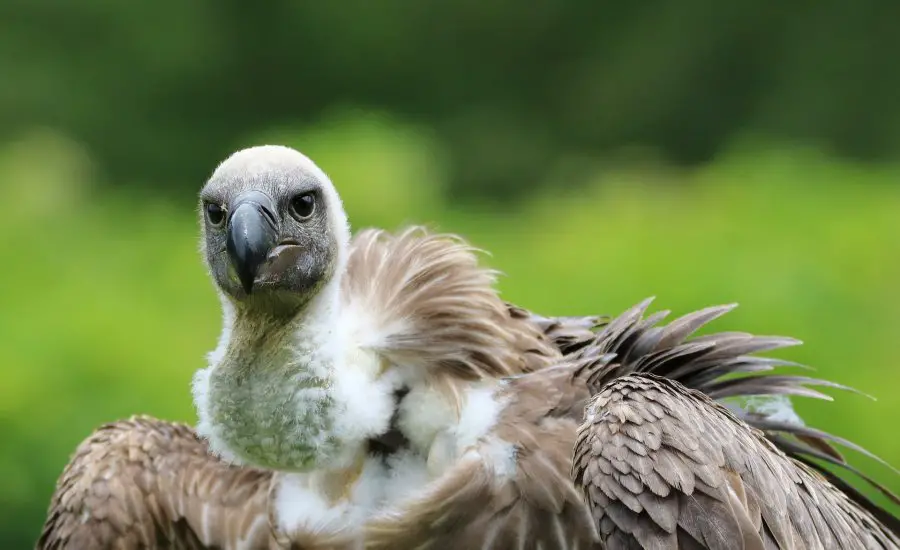
There is a bad reputation for vulture species that are completely undeserving. They are considered to be ugly, dirty, and scavenging on dying or dead animals. However, the reality shows that the ecosystems depend upon these birds. Although their food might sound unpleasant, they help in reducing the chances of disease as they remove the carrions.
Vulture species have exponentially decreased in the past few years, especially in Asia and Africa. Vultures require huge ranges in order to scan their food options and undisturbed regions to nest. Also, they require a large number of prey animals. These needs have considerably reduced due to human activity.
Moreover, secondary poisoning has also increased. Vultures eat the poisoned carcasses which are meant for predatory carnivores. Sometimes they get affected by the presence of lead in the dead animals.
PhysOrg. has reported that Africa has experienced an exponential collapse in vulture species with more than 95% decline. The Maasai Mara National Reserve has reported a 62% loss of its vulture species in the last 30 years. This is due to incidental and targeted killings. Vultures also suffer due to wind turbines, habitat destruction, poaching, and electricity pylons.
These are some of the vulture species that are considered to be severely endangered, on the verge of extinction, and threatened to be endangered.
Read RESEARCHERS SAY EAGLES ARE DYING DUE TO HIGH LEVELS OF LEAD IN THEIR BLOOD
Severely Endangered Vulture Species
Indian Vulture
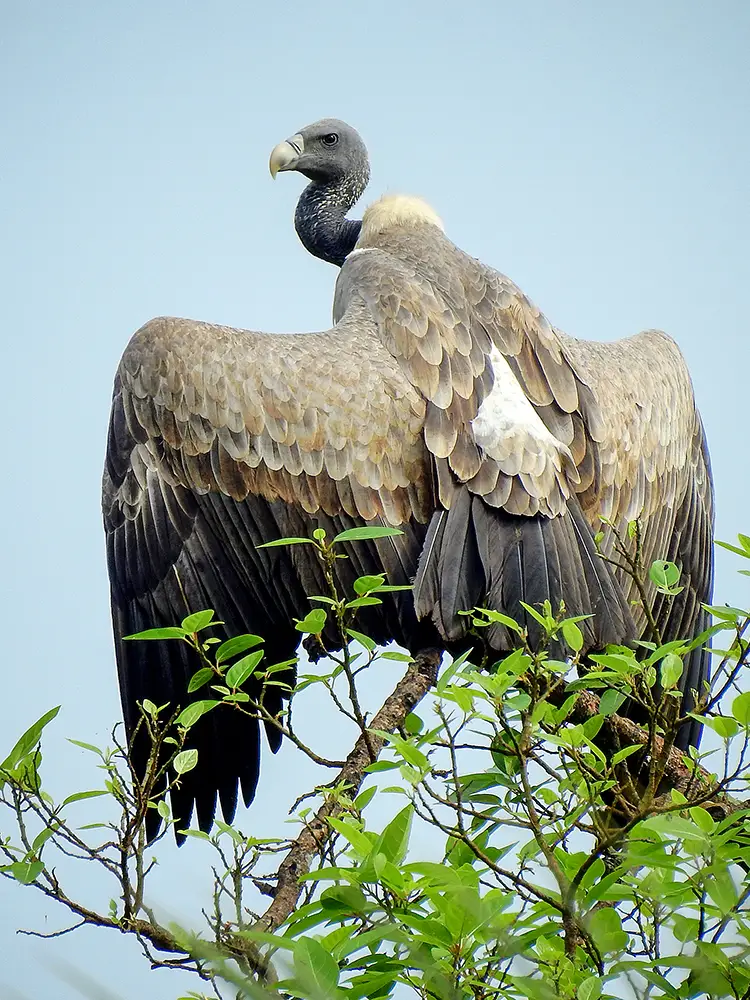
Image credit: Shantanu Kuveskar
This species is also referred to as a long-billed vulture. They live in the cities and in the midst of human habitation, feeding on carrions of slaughterhouses. Captive breeding has helped in the rehabilitation of this species that has been declining rapidly.
California Condor
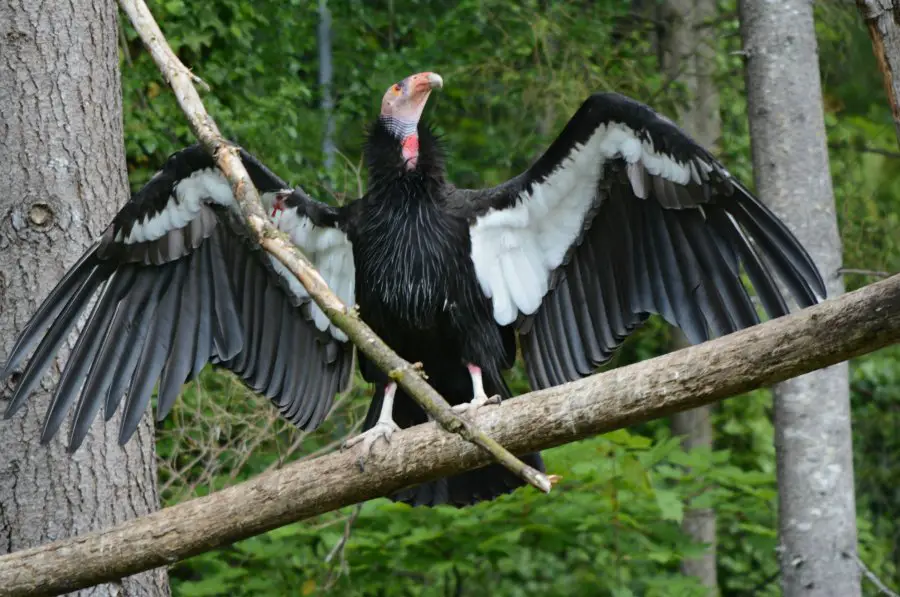
Image Credit: Jeffrey Wiles
This vulture species heavily relies on captive breeding. This is a big bird with 10 feet wingspan and can be 31 pounds in weight. They can survive till 60 years of age. As of this year, only 22 of them remain worldwide.
Read HUMAN ACTIVITY MAY RESULT IN 1,700 SPECIES GOING EXTINCT BY 2070
Endangered Vulture Species
White-backed Vulture
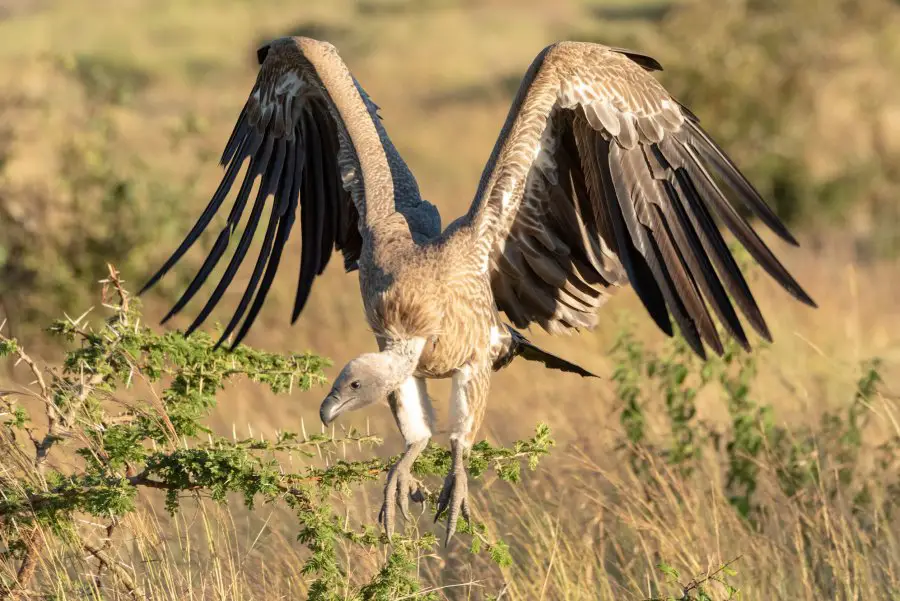
Image Credit: nickdale
These vultures prefer lowland and wooded savannas. They can be seen in the Sahara. Although they are the most commonly found vultures in Africa, trends suggest that by 2034, this white-backed vulture will be extinct.
Ruppell’s Vulture
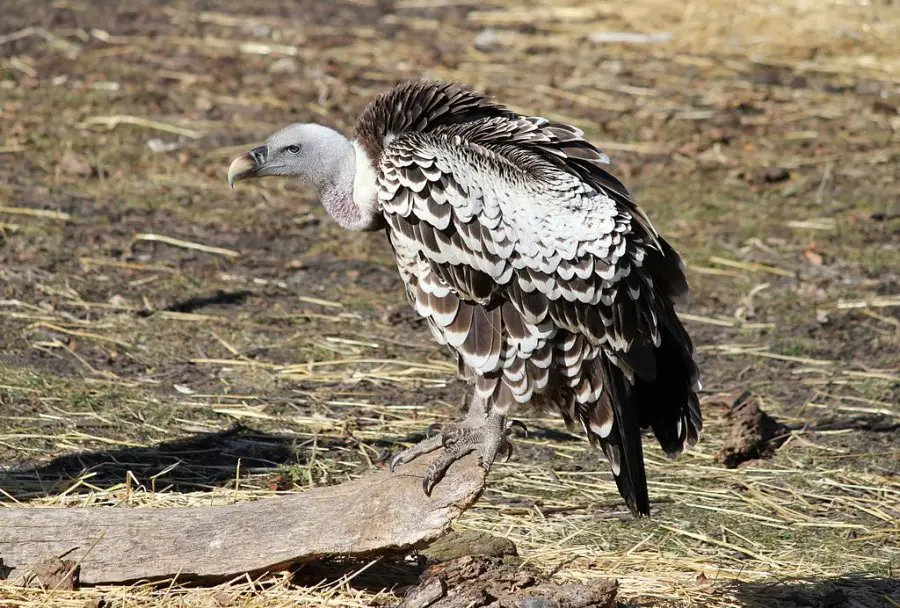
Image Credit: RedGazelle15
These are large vultures with 8.5 feet wingspan and a maximum of 20 pounds of weight. They also have the highest flight which had resulted in an accident with an airplane in 1973. These vultures usually scan for prey from 20,000 feet in the sky. They are also very social birds and roost, nest, and hunt in flocks. Unfortunately, they are endangered with only 30,000 left.
Hooded Vulture
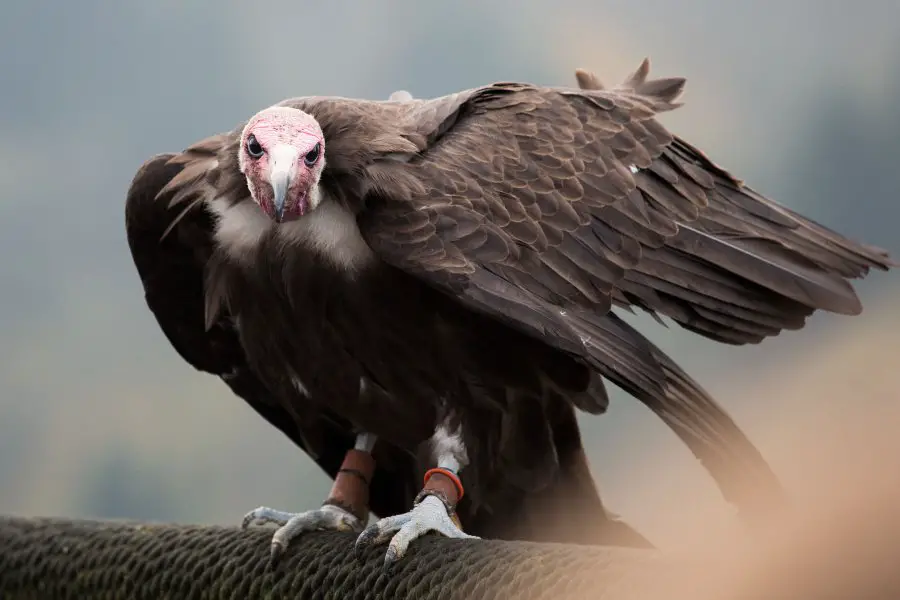
Image Credit: Antonia Gros
These vultures are very unique in their looks and can be seen in sub-Saharan regions. Their name indicates their way of hunting as they drag the dead away looking like a hooded figure. They are smaller than most other vulture species. Since 2011, they are considered endangered.
Egyptian Vulture
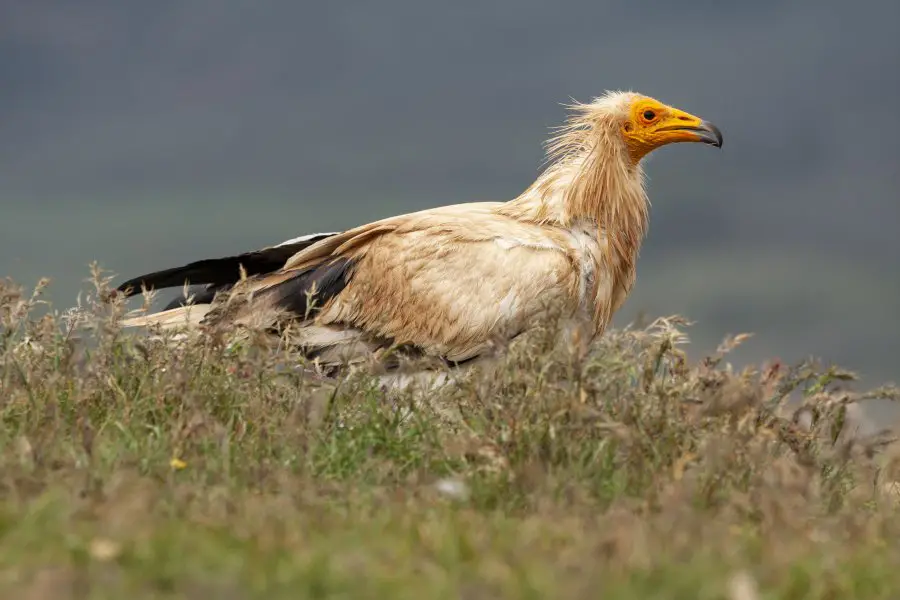
Image Credit: Juan Carlos Martnez Salvadores
They have a bald face which gives them their unique look and have long feathers till the neck. These are found in southwestern Europe, Asia, and northern parts of Africa. Egyptian Vultures can travel over 3,400 miles since the European populations usually migrate to Africa during winters. They are usually sighted in pairs but are rarely sighted now which indicates a decline in number.
On The Verge of Extinction
Lappet-faced Vulture
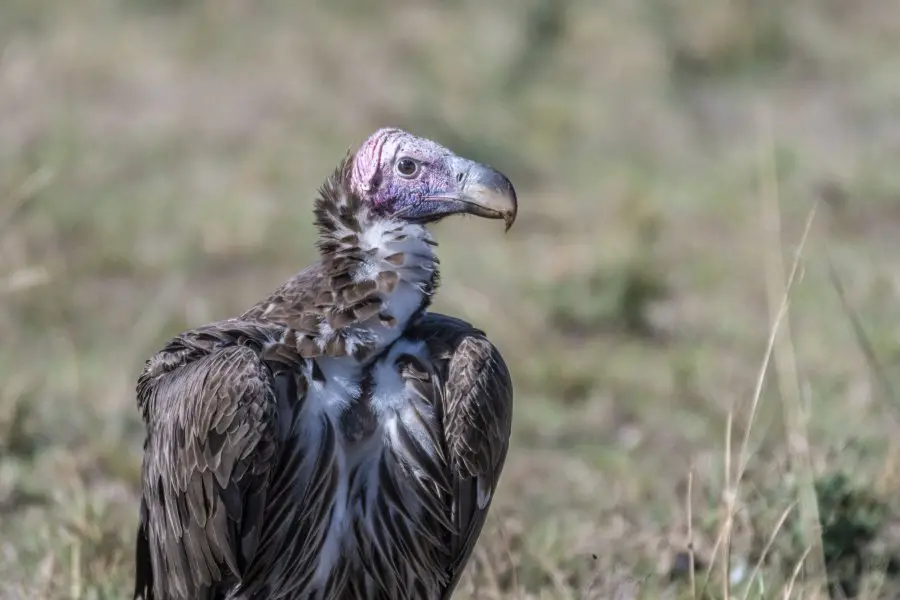
Image Credit: PRADEEP RAJA KANNAIAH
This Old World vulture species which goes by the name of Nubian vulture is found widely in Africa. They have weak smelling capabilities and prey by sight. They are powerful and can easily tear tough skin and meat. Recently, they have significantly dropped in population. Cattle herders in Africa have reportedly said they do not complain against the vultures preying on their livestock because they don’t want the authorities to kill them. There are only 9,000 of these remaining.
White-headed Vulture
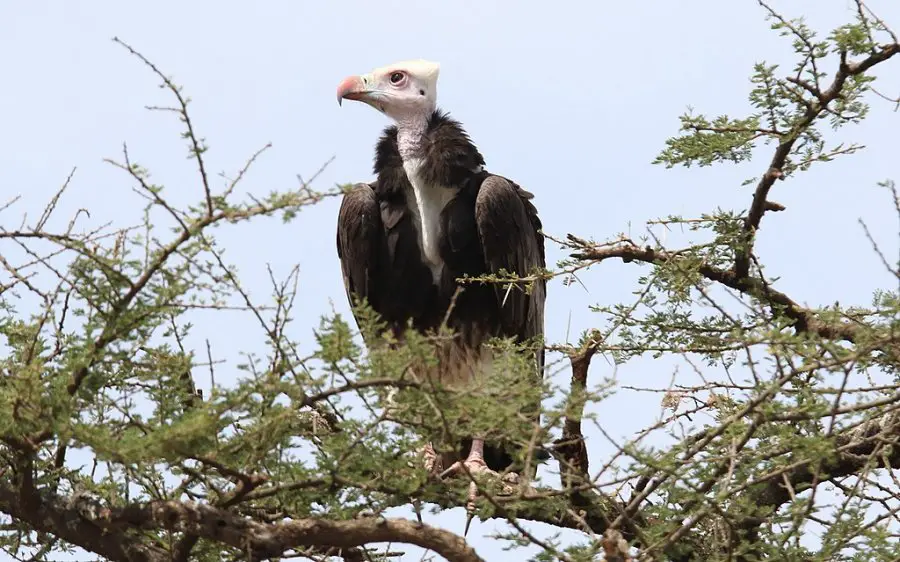
Image Credit: Dominic Sherony
Despite its name, this vulture species is quite colorful in appearance. This species is both a hunter and a scavenger found largely in sub-Saharan Africa. However, they are now only found in the protected areas with 10,000 to 20,000 remaining.
Cape Vulture
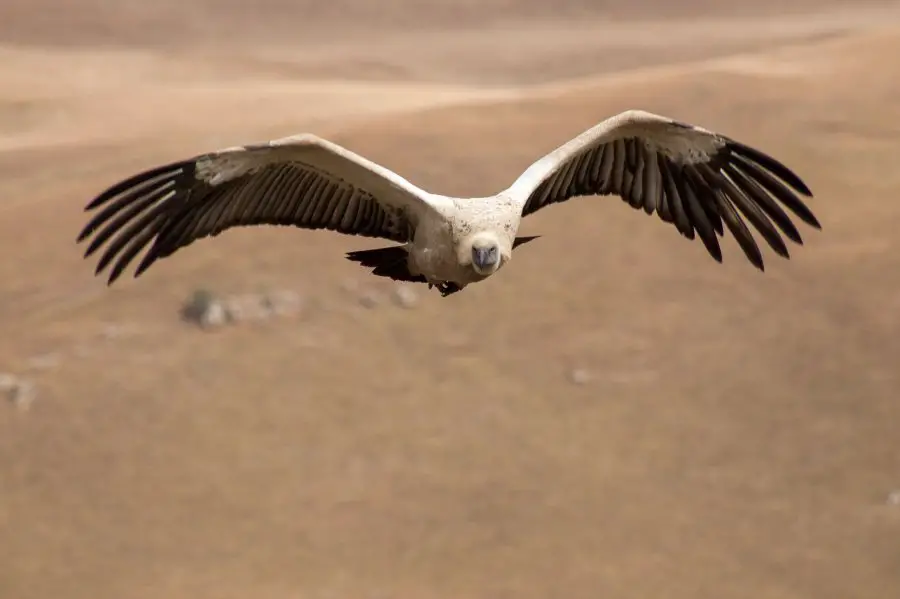
Image Credit: Megan Paine
This species can be found in South Africa. They prefer staying in large groups rather than being solitary. They nestle in colonies along with foraging together. When a single Cape vulture is sighted, they are probably gathering a meal for all. The lack of big carnivores is an issue for these groups of vultures. There have been some conservation efforts to protect this species.
Threatened To Be Endangered
Cinereous vulture
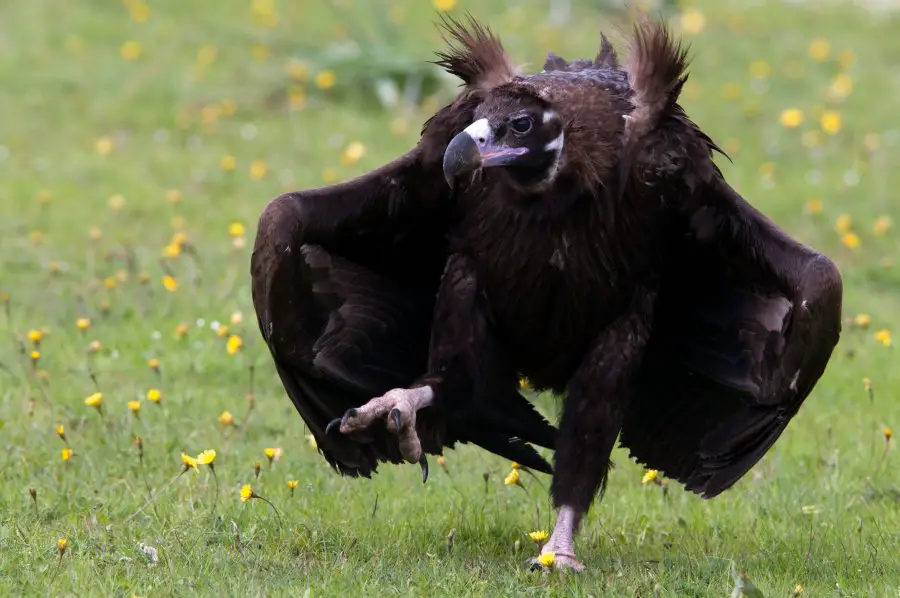
Image Credit: agamiphoto
This vulture species has an enormous 10 feet wingspan and is considered to be the biggest bird of prey. It is one of the 2 Old World species of vultures with the other one being the Himalayan species. The cinereous vulture is declining in number due to poisoning, disruption by human development, led carrion, and prey availability. There are about 4,500 to 5,000 remaining.
Andean Condor
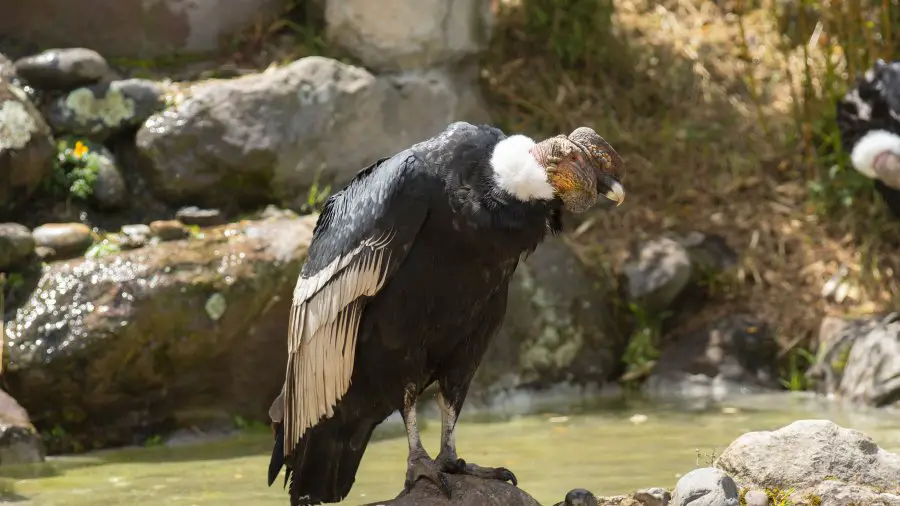
Image Credit: Alejandro Miranda
This species can be seen flying over the Andes Mountains. They feature as a national symbol for numerous South American nations. However, they have considerably declined because of secondary poisoning and habitat loss. Colombia, Venezuela, and Argentina have introduced captive breeding with the Andrean vulture species since they are critically endangered.
Himalayan Vulture
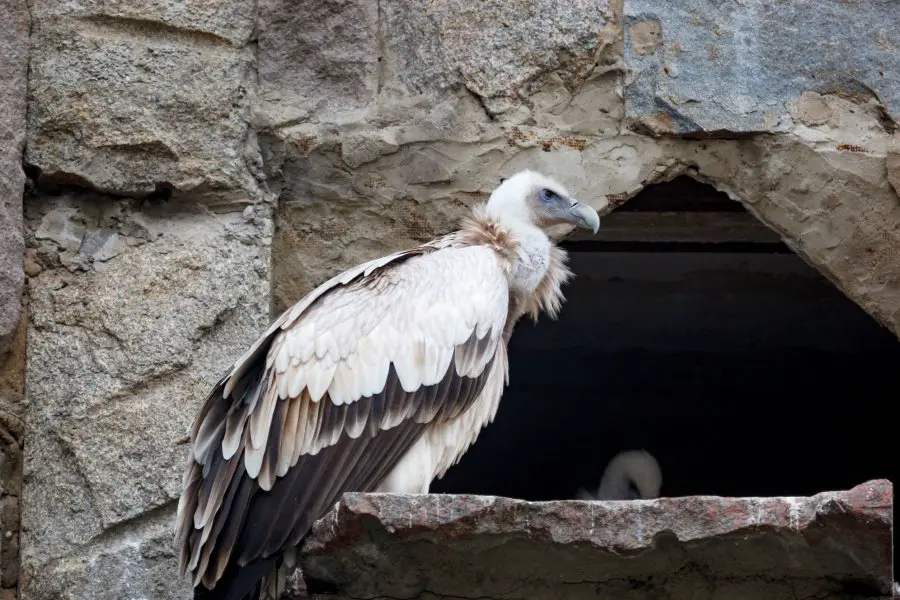
Image Credit: Vasiliy Vishnevskiy
This vulture species can be seen in the higher Himalayan altitudes, Kazakhstan, Tibetan plateau, and the Pamirs. Fortunately, Himalayan vultures have not declined in population, although they experience frequent loss of habitat.
Lammergeier Vulture
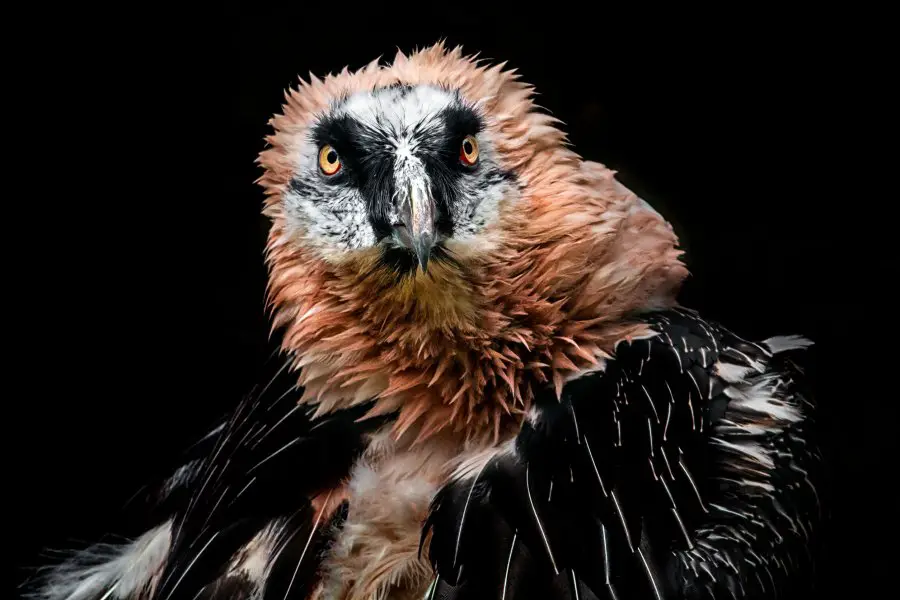
Image Credit: rebius
This species is a few of the species which have feathers on their face and is often referred to as ‘bearded vultures’. They are also considered to be Old World vulture species. Sometimes, they kill and prey on hares, rocks, hyraxes, marmots, and tortoises. They prefer bone marrow over meat. In 2014, they were categorized under ‘near threatened’ with 10,000 vulture pairs existing worldwide.
Image Featured: Pixabay
Leave Comment: